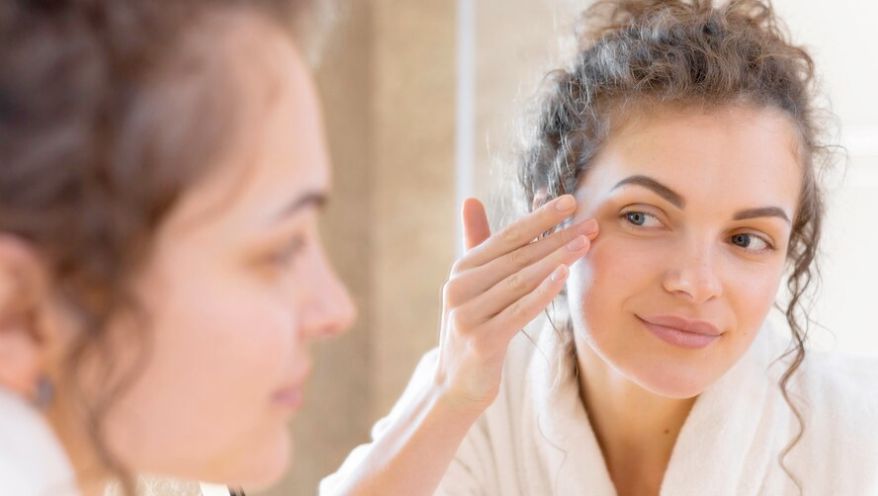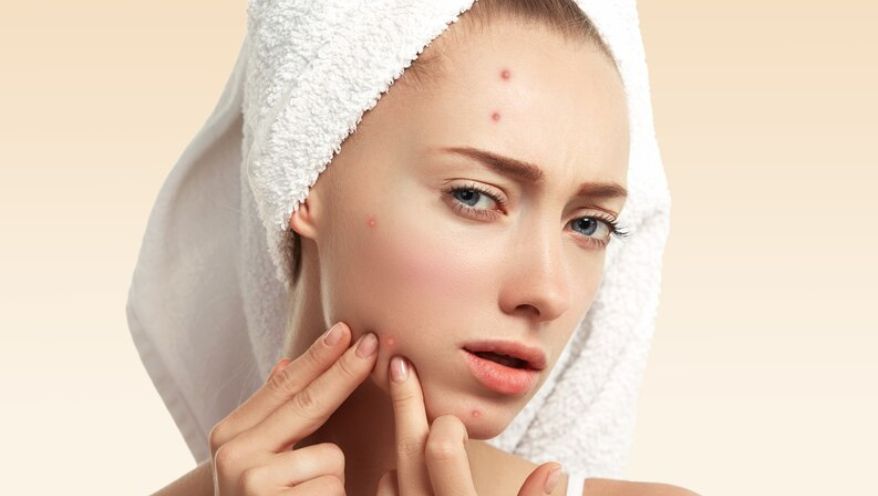The Crucial Importance of SPF

The sun, while a source of warmth and light, can also pose significant risks to your skin. The harmful effects of ultraviolet (UV) radiation are well-documented, making the use of Sun Protection Factor (SPF) a fundamental part of daily skincare. In this article, we’ll explore the vital importance of SPF, the reasons you should incorporate it into your skincare routine, and how it can safeguard your skin from damage and premature aging.
SPF, or Sun Protection Factor, is a measure of how well a sunscreen or sunblock shields your skin from the harmful effects of UV radiation. It indicates the level of protection the product offers against the sun’s ultraviolet rays, specifically UVA and UVB.
The Crucial Importance of SPF
- Preventing Skin Cancer: One of the most critical reasons to use SPF is its role in preventing skin cancer. Prolonged exposure to UV radiation can damage the DNA in your skin cells, increasing the risk of skin cancer, including melanoma, basal cell carcinoma, and squamous cell carcinoma.
- Protection Against Sunburn: Sunburn is not only painful but also damaging to your skin. SPF helps prevent sunburn by minimizing the harmful effects of UVB radiation.
- Slowing Premature Aging: UV radiation accelerates the aging process of your skin. Without protection, you’re more likely to develop wrinkles, fine lines, age spots, and a loss of skin elasticity.
- Minimizing Skin Damage: SPF is your defense against skin damage. It prevents the breakdown of collagen and the development of hyperpigmentation.
- Safeguarding Overall Health: Skin health is intrinsically linked to your overall health. By using SPF, you’re taking a proactive step in preserving your well-being.
Incorporating SPF into Your Routine
- Daily Application: Incorporate SPF into your daily skincare routine, applying it in the morning after your moisturizer and before makeup. Use a broad-spectrum sunscreen with at least SPF 30 for everyday protection.
- Reapplication: Reapply sunscreen every two hours if you’re spending extended time outdoors. Additionally, reapply after swimming, sweating, or rubbing your skin with a towel.
- Sun-Protective Clothing: Consider wearing sun-protective clothing and accessories, such as wide-brimmed hats and sunglasses, for added protection.
- Seek Shade: When possible, seek shade during peak sun hours, generally from 10 a.m. to 4 p.m.
- Regular Skin Checks: Perform regular skin self-examinations to monitor for any changes, such as new moles or suspicious growths.
Types of SPF Products
There are various SPF products available, including:
- Sunscreen: Creams, lotions, and sprays that provide a protective barrier when applied to the skin.
- Sunblock: Physical blockers, like zinc oxide and titanium dioxide, that sit on the skin’s surface and reflect UV rays.
- Makeup with SPF: Many makeup products include SPF, but it’s advisable to use a dedicated sunscreen or moisturizer with SPF for optimal protection.
It is important when considering which sunscreen is best for the skin, is understanding the percentage of the SPF. SPF with 30%-50% coverage has the most effective levels of protection. This does not take into consideration sweating and physical activity, and is only applicable to skins that are at rest with minimal movement.
The importance of SPF cannot be overstated when it comes to protecting your skin and overall health. By incorporating SPF into your daily routine and taking precautions when exposed to the sun, you can safeguard your skin from damage, reduce the risk of skin cancer, and slow down the signs of premature aging. Embrace SPF as your skin’s best friend, and it will reward you with a radiant, healthy, and youthful appearance.

